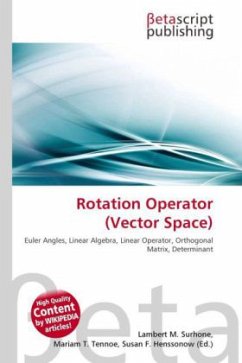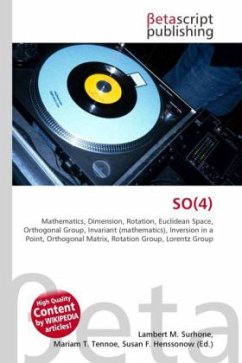Please note that the content of this book primarily consists of articles available from Wikipedia or other free sources online. In combinatorial mathematics, rotation systems encode embeddings of graphs onto orientable surfaces, by describing the circular ordering of a graph''s edges around each vertex. A more formal definition of a rotation system involves pairs of permutations; such a pair is sufficient to determine a multigraph, a surface, and a 2-cell embedding of the multigraph onto the surface. Every rotation scheme defines a unique 2-cell embedding of a connected multigraph on a closed oriented surface (up to orientation preserving topological equivalence). Conversely, any embedding of a connected multigraph G on an oriented closed surface defines a unique rotation system having G as its underlying multigraph. This fundamental equivalence between rotation systems and 2-cell-embeddings was first settled in a dual form by Heffter and extensively used by Ringel during the 1950s. Independently, Edmonds gave the primal form of the theorem and the details of his study have been popularized by Youngs. The generalization to the whole set of multigraphs was developed by Gross and Alpert.








